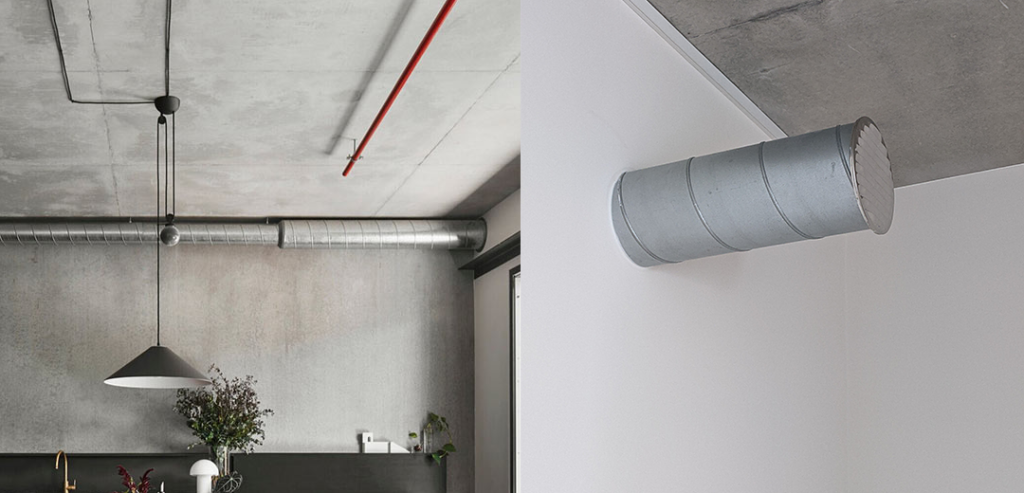Heat Recovery Ventilation (HRV) is an essential system for controlling humidity and CO2 levels in indoor environments. With airtight buildings and increased insulation, there is little air exchange between the indoor and outdoor environment, leading to a build-up of moisture and CO2. HRV systems use a heat exchanger to recover heat from outgoing stale air and transfer it to incoming fresh air, reducing humidity levels while also managing CO2 levels. This process ensures that the indoor environment is not only comfortable but also healthy for occupants, reducing the risk of mould growth and improving overall air quality.
The journey towards implementing a Heat Recovery Ventilation (HRV) system in their home has been a successful one for this homeowner. In a summary report to the team who assisted with the installation, the resident shared their experience with the system and what they have learned. The client has installed one Nexxt system and 2 transfer fans to ventilate their airtight apartment, recording their humidity and CO2 levels before and after the installation to show precisely how the unit performed.
The support received during the design process was described as “awesome,” with the ordering and delivery process being simple and hassle-free. The installation was also commended, with AmpVolt providing a quick and beautiful installation, particularly with the transfer fans and spiral ductwork, which fits in perfectly with the aesthetics of the building.

In terms of performance, the HRV system has successfully managed humidity levels, with the bedroom humidity levels dropping from above 70% pre-installation to a short peak of 65% post-installation, with levels regularly well below that. The CO2 levels have also been effectively managed, with the Nexxt unit running at about 2/3 capacity and the transfer fans running at 3/4 of capacity, leaving plenty of headroom to boost the units when required.
Furthermore, when there are only two people in the household, the system manages night-time CO2 levels very well, keeping it below 700 in the living area and below 1,000 in the bedroom. The Nexxt unit only has to run at about 2/3 capacity, while transfer fans run at 3/4 of capacity. Without the HRV and transfer fans running, CO2 levels can reach 1,500ppm+ in the living area and 2,000ppm+ in the bedroom.

Electricity usage has remained negligible, which is essential for the client’s all-electric house, whose average electricity usage is just below 4kWh per day. The system has been running smoothly, with little to no issues, and has provided a much healthier indoor air quality environment for the household.
In conclusion, the implementation of the HRV system has been a resounding success, thanks to the support received during the design and installation process and the unit’s effective performance. The household can now enjoy a healthier and more comfortable living environment, with well-managed humidity and CO2 levels, and negligible electricity usage.
Contact us for more information, and get your house ventilated for a healthier, more comfortable enviroment.
